Adapt to Survive — Western Brands on the Chinese Market
Before brands enter a market in a new country, it is essential to assess what store design strategy they should follow. The original store design is created to fit within its environment, but future locations in other countries may not have the same style. Some companies do not change their well-established look due to maintaining a consistent identity, such as IKEA, H&M, Apple, and Muji. On the contrary, many companies decide to modify their existing design for cultural and legal reasons or accelerate market expansion. There is a hybrid approach too, where brands maintain a core identity but change a few details. As the Chinese retail market is our area of expertise, we will focus on brand design adaptations to the Chinese market in this article.
Failure or Success in the Chinese Market
China has always been a complex market where deep knowledge of luxury retail and an understanding of the local expectations is needed. The first step is the same in every case: brands need to understand the challenges that the local market holds:
- Operational costs are quite high
- China has the fastest rise in Gen Z clientele
- Luxury must cope with a fundamentally different, rapidly evolving customer expectations
- An increasingly strong national sentiment appeared towards domestic premium and luxury brands.
- Brands are expected to have a unique, authentic story to tell
- The market responds very quickly to the latest innovations
- Retail stores should also act as an expansion of the e-commerce platform to support the brand and build communities.
- Global leadership receives little to no training in developing empathy towards the Chinese partner, while the local teams are often not trained well enough about the fundamentals of luxury.
Despite all these challenges, China is and will remain a key market for luxury brands. However, the more brands want to get out of the opportunities this market has, the more they need to adapt their structures and capabilities to succeed.
Bulgari
Bulgari opened its immersive Shanghai flagship store in 2021. The main inspiration for the design was the Art Deco style, a theme that Bulgari and Shanghai have in common. To create a more unique, tailored design for the Chinese market, their flagship store features a green, jade-like façade made from brass and recycled glass bottles. The result is a complex design with multiple layers of cross-cultural references; Art Deco architecture with a jewelry-like quality, combining the best of Eastern and Western culture.
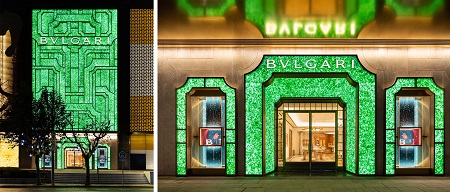
Bulgari flagship store in Shanghai
Image Source: Floornature
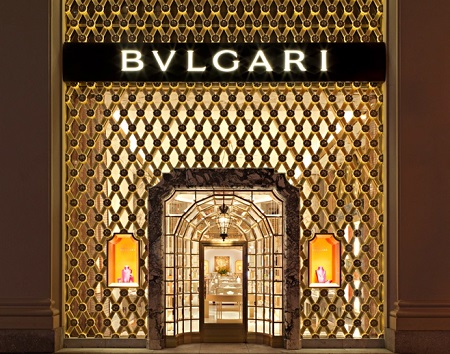
Bulgari Store in New York
Image Source: Robb Report
KJUS
KJUS is a Swiss-based, internationally operating premium sports brand. Their existing design incorporates bright materials, and wood structures that embody the Nordic origin and are reminiscent of the ski slopes and golf landscapes while drawing attention to the colorful collections. However, a concept that works well in a specific region might be considered boring in the other. 5 Star Plus Retail Design created a design concept tailored for the Chinese market. The main differences can be seen in the store colors and materials as their existing design style would not be considered a premium brand. We had to create a futuristic, high-tech, and luxury feel and to achieve this, we used cool, modern, and high-end materials such as metal and stone. Special lighting effects and technological advancements are utilized in-store to explain product features, key products, and collections.
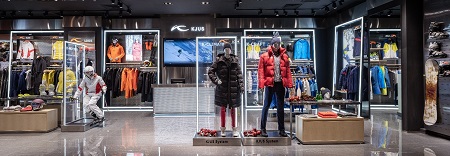
KJUS Store design adapted to the Chinese Market
Image Source: 5 Star Plus Retail Design
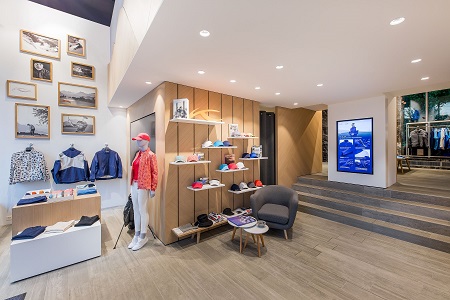
KJUS Brand Store in Switzerland
Image Source: Prolicht
Burberry
When Burberry planned their first social retail store in Shenzhen, they had to keep in mind that China is home to some of the most digitally savvy luxury customers therefore they had to adapt their concept to this environment. Together with Tencent, they created a new concept with higher technology integration to fit the local expectations of luxury retail. In the store, the physical and social worlds are blended in a digitally immersive retail experience where visitors can use Tencent’s WeChat app to interact with the window display and play their music in fitting rooms.
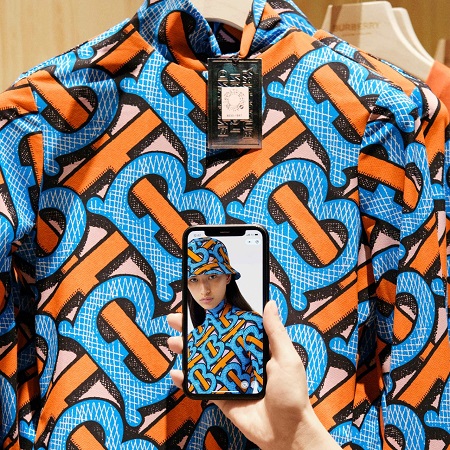
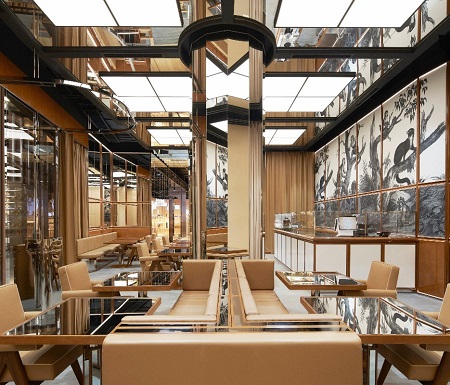
Burberry’s new social retail store in Shenzen
Image Source: Burberry
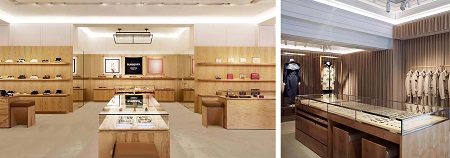
Burberry store in the US
Image Source: Burberry
Tricker’s
We developed a store concept for Tricker’s that expresses the brand’s DNA while modernizing the look to suit the particular requirements of the Chinese market. Design elements reflecting the heritage and manufacturing process are balanced with clean surfaces and a lot of white. The existing international store design standard focused exclusively on heritage and tradition and was not modern and trendy enough for China.
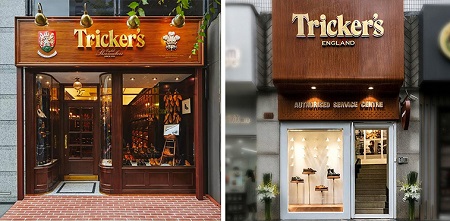
Façade of Tricker’s store in Japan (left) and authorized service centre in Shanghai
Image Source: Tricker’s
Even though globalization plays an important role in our everyday life, the world is still quite diverse, each country has its preferences. Adapting the store design and retail strategy is essential for brands when entering a new market. However, the level of adaptation must be carefully considered on a case-by-case basis after a thorough analysis. Some designs require adaptation, while others may fit seamlessly into a new environment.
This blog post was originally published by Melchers’ Retail Partner 5 Star Plus Retail Design, an interior design company specializing in the branded design of retail stores and restaurants. The original post can be found here.


